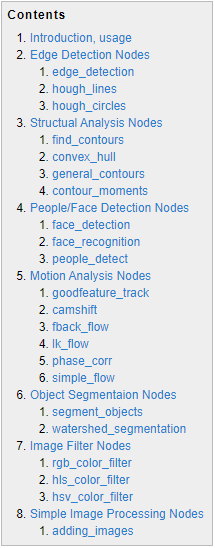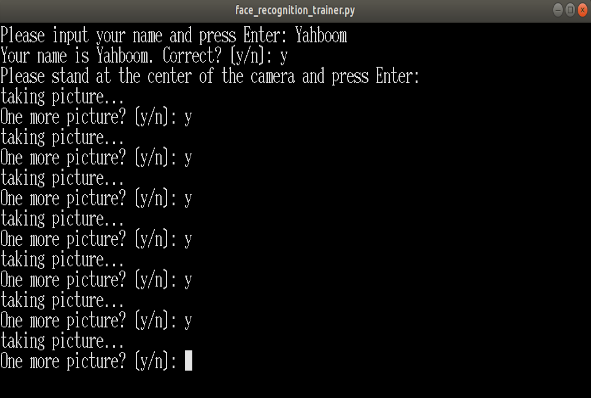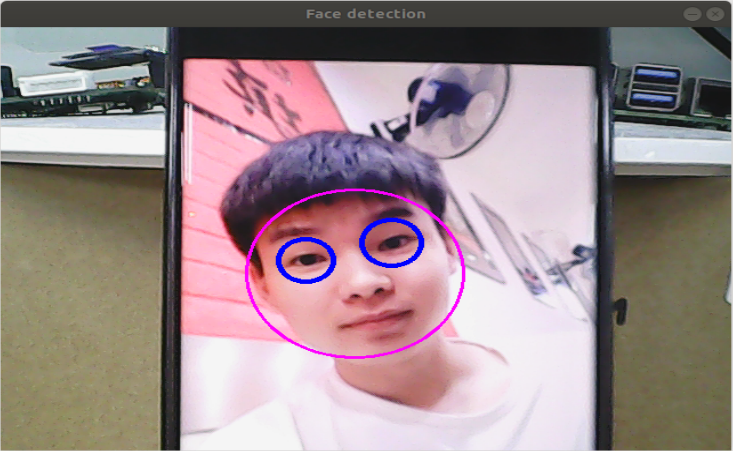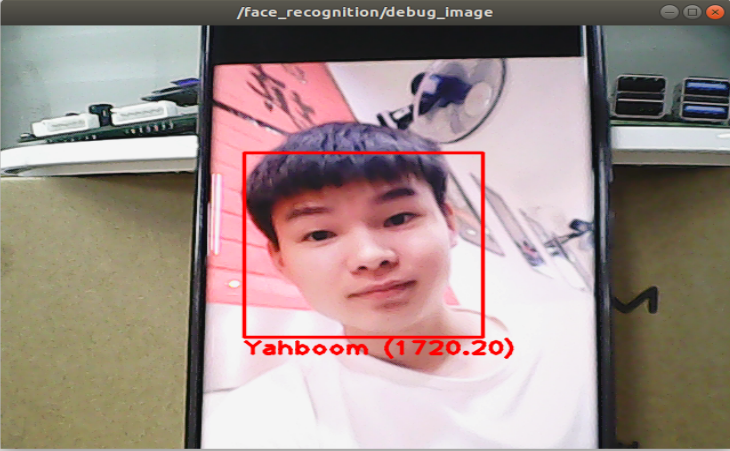6. Opencv application - face recognition
6.1. Overview
Wiki: http://wiki.ros.org/opencv_apps
Source code: https://github.com/ros-perception/opencv_apps.git
Most of the code was originally taken from https://github.com/Itseez/opencv/tree/master/samples/cpp
Function package: ~/software/library_ws/src/opencv_apps
The topic subscribed by this function package is [/image]. What we need to do is to open the camera node and write a node to convert the camera topic into [/image] and publish the [/image] topic.
The path of the node that opens the camera and publishes the topic [/image]:
xxxxxxxxxx~/orbbec_ws/src/astra_visual/scripts/pub_image.py
The opencv_apps program provides various nodes that run opencv functions internally and publish the results to ROS topics. When using the opencv_apps program, you only need to run a launch file according to your own business needs, so you don't have to write program code for these functions.
ROS Wiki has relevant node analysis, topic subscription and topic publishing of corresponding nodes, and related parameter introductions. For details, please see ROS WiKi.

6.2, Use
Step 1: Start the camera
xxxxxxxxxxroslaunch astra_visual opencv_apps.launch img_flip:=false
img_flip parameter: whether the image needs to be flipped horizontally, the default is false.
The [usb_cam-test.launch] file opens the [web_video_server] node by default, and you can directly use the [IP:8080] web page to view images in real time.
Step 2: Start the face recognition function
xxxxxxxxxxroslaunch opencv_apps face_recognition.launch # Face recognition
Almost every case of ros+opencv application has a parameter [debug_view], Boolean type, whether to use Opencv to display the image, which is displayed by default.
If it does not need to be displayed, set it to [False], for example
xxxxxxxxxxroslaunch opencv_apps face_recognition.launch debug_view:=False
However, after starting in this way, some cases may not be displayed in other ways, because in the source code, some [debug_view] is set to [False], which will turn off image processing.
6.3, Display method
rqt_image_view
Enter the following command and select the corresponding topic
xxxxxxxxxxrqt_image_view
opencv
The system displays by default, no processing is required.
Web viewing
(Under the same LAN) Enter IP+port in the browser, for example:
xxxxxxxxxx192.168.2.116:8080
For specific IP, use your current virtual machine IP.
6.4, Face recognition display
This case is to collect people's images for self-training and real-time recognition, and the steps are slightly complicated.
| Parameter | Type | Default | Analysis |
|---|---|---|---|
| ~approximate_sync | bool | false | Subscribe to the topic [camera_info] to obtain the default coordinate system ID, otherwise use the image information directly. |
| ~queue_size | int | 100 | Queue size for subscribing to topics |
| ~model_method | string | "eigen" | Face recognition method: "eigen", "fisher" or "LBPH" |
| ~use_saved_data | bool | true | Load training data from ~data_dir |
| ~save_train_data | bool | true | Save training data to ~data_dir for retraining |
| ~data_dir | string | "~/opencv_apps/face_data" | Path to save training data |
| ~face_model_width | int | 190 | Width of training face images |
| ~face_model_height | int | 90 | Height of training face images |
| ~face_padding | double | 0.1 | Padding ratio for each face |
| ~model_num_components | int | 0 | The number of components of the face recognizer model (0 is considered unlimited) |
| ~model_threshold | double | 8000.0 | Face recognition model threshold |
| ~lbph_radius | int | 1 | Radius parameter (only for LBPH method) |
| ~lbph_neighbors | int | 8 | Neighborhood parameter (only for LBPH method) |
| ~lbph_grid_x | int | 8 | Grid x parameter (only for LBPH method) |
| ~lbph_grid_y | int | 8 | Grid y parameter (only for LBPH method) |
| ~queue_size | int | 100 | Image subscriber queue size |
Steps:
First, enter the name of the person after the colon in the figure below: Yahboom
Confirm the name: y
Then put the face in the center of the image and click Confirm.
Loop to add a photo: y, click Confirm.
End the image collection, enter: n, and click OK.
Close the launch file and restart.
If you need to enter the recognition, loop 1 to 5 in sequence until all the recognized people are entered, and then execute step 6.

Step 3: Ensure that the face can be recognized

Final recognition effect
